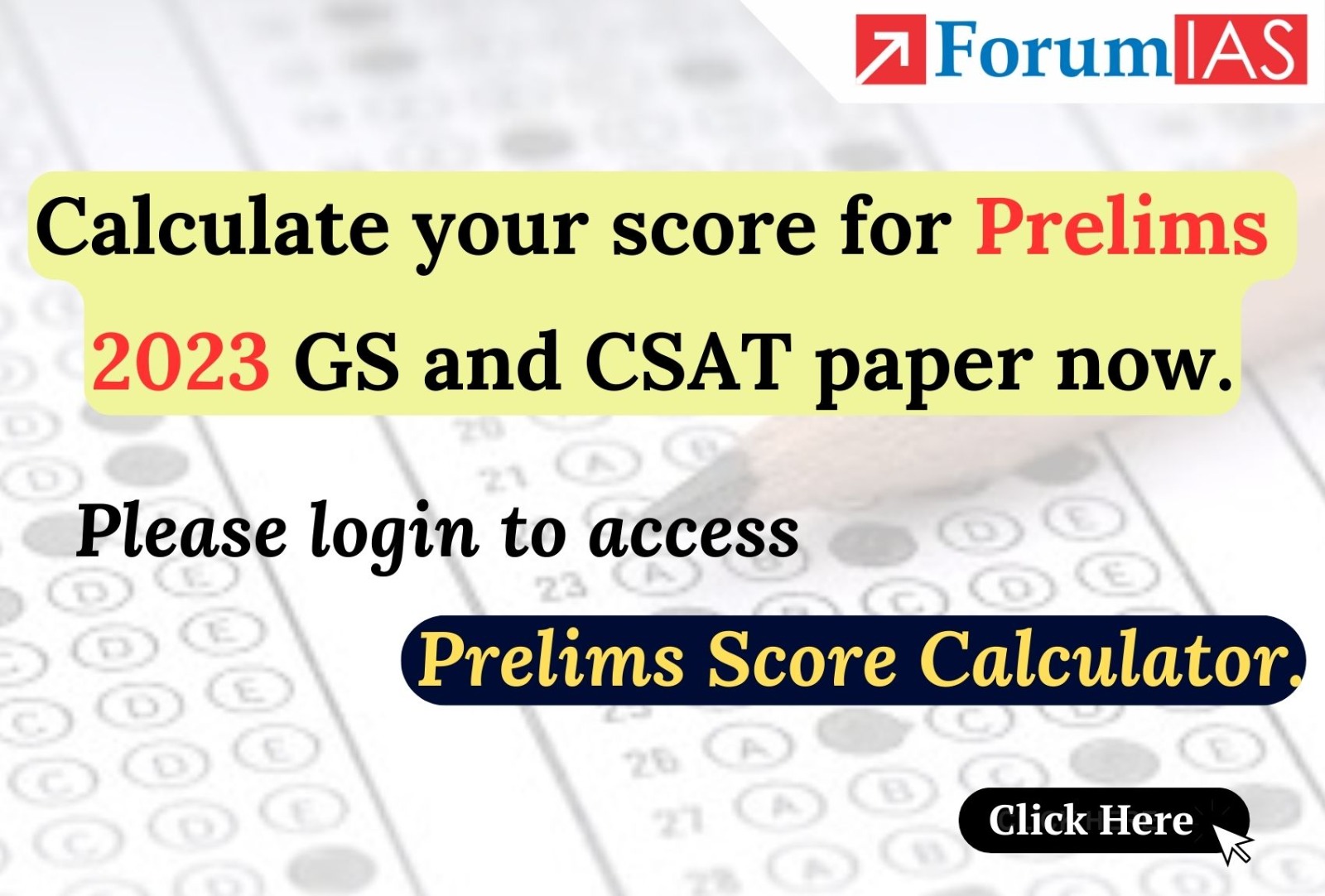"When in doubt, observe and ask questions. When certain, observe at length and ask many more questions."
Created this thread as a one stop solution for all members so that all the doubts wherein any conceptual clarification is required can be solved here.
I am Karan I have built a platform, Ekam, to connect fellow UPSC aspirants for 1 hour long study sessions. You share your goals at the beginning, and evaluate your progress at the end. You can schedule as many sessions as you like.
Google Playstore App Link
It is much easier to focus when you know you will soon be answerable to someone.
I hope you find the platform useful!
Best, Karan
Please helpUsing the digits 2,3,4,5 and 6 find the sum of all 5 digit numbers that can be formed such that no 2 digits are the same.5333280?
Yeah , but what is the trick here?
(2+3+4+5+6)×11111 × what to multiple here ? Why is it 4 factorial?
how many numbers can be formed with 6 as last digit ? 4*3*2*1 or factorial 4. You repeat this 5 times to get sum of last digits which comes out to be factorial 4 *(2+3+4+5+6) = 480. This will happen at every position. So last digit will be 0 next digit 480+48.... And so on
Please helpUsing the digits 2,3,4,5 and 6 find the sum of all 5 digit numbers that can be formed such that no 2 digits are the same.5333280?
Yeah , but what is the trick here?
(2+3+4+5+6)×11111 × what to multiple here ? Why is it 4 factorial?
how many numbers can be formed with 6 as last digit ? 4*3*2*1 or factorial 4. You repeat this 5 times to get sum of last digits which comes out to be factorial 4 *(2+3+4+5+6) = 480. This will happen at every position. So last digit will be 0 next digit 480+48.... And so on
Thank you very much , now understood
Not able to decipher the pattern. Is there anyway to get the pattern easily? I'm ended up giving too much time but still not able to see what's a pattern in these types of questions. This type of question was repeated in both the year 2019 and 2020.
I fill the pattern with each option and then see which among the four has repeating pattern.
Even after this if it takes time , I leave the question.
How I did it was to fix the biggest variable first and then count manually. For the Rs 50 denomination, only three cases are possible - Either we don't take it at all, take it once or we take it twice.
If we take it twice, we can't take any Rs 10 denomination note and hence the only way is to take 7 Rs 1 denomination coins. -->1 way
If we take Rs 50 once, now many cases are possible:
1). Rs 50 + 5 Rs 10 + 7 Rs 1
2). Rs 50 + 4 Rs 10 + 17 Rs 1
We will get 4 more such ways -->6 ways
If we don't take Rs 50 at all, then -
1). 10 Rs 10 + 7 Rs 1
2). 9 Rs 10 + 17 Rs 1
We will get 9 more such ways -->11 ways
I hope 18 is the answer :)


 Is there any short cut to solve this question apart from equation method, which is taking time.
Is there any short cut to solve this question apart from equation method, which is taking time.



